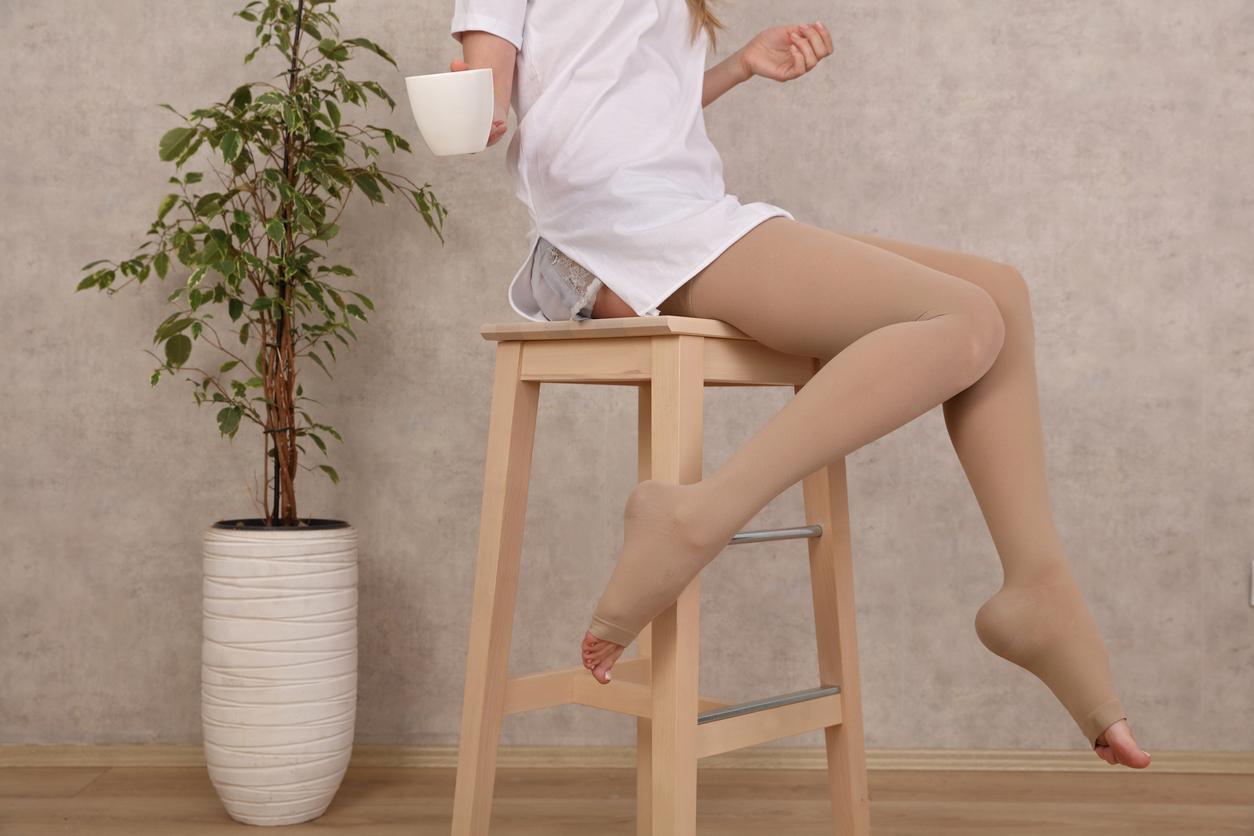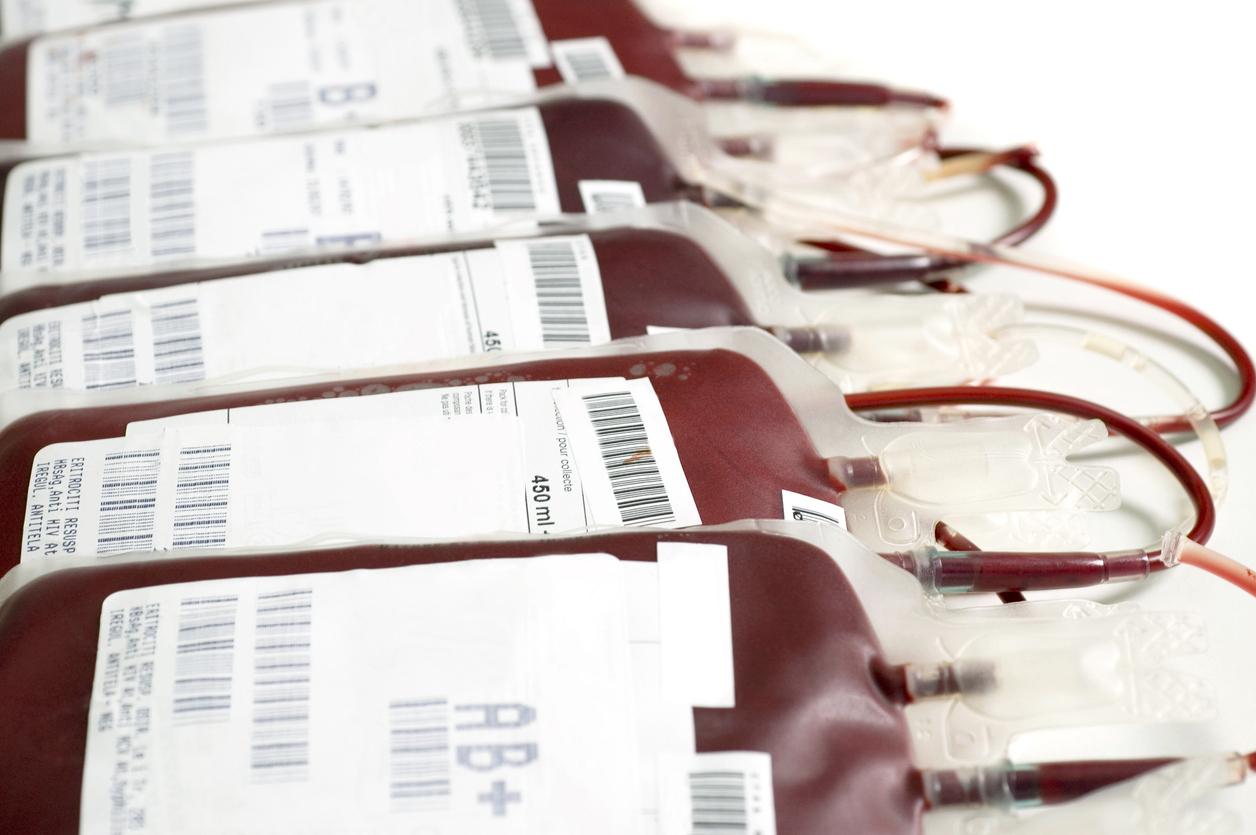
How do you do that well?
Have you ever heard of white coat syndrome? This syndrome is related to the nervous tension that a person gets at the doctor. The result is increased blood pressure and a distorted blood pressure reading. Fortunately, you can also measure blood pressure at home.
For people with a high risk of cardiovascular disease, it can be useful to measure blood pressure at home. This way you can keep a close eye on your blood pressure. This also applies if you already have a cardiovascular disease or are taking medication for high blood pressure. In some people the blood pressure is very variable during measurement in the general practice. The GP can often estimate whether it is useful for you to measure your blood pressure yourself.
bottom and top
Blood pressure consists of two values: the upper pressure and the lower pressure. The upper pressure is the pressure that arises when the heart pumps blood into the arteries and thus the pressure in the blood vessels rises. This is also known as systolic blood pressure. The upper pressure is measured during the contraction of the left ventricle.
The negative pressure, or diastolic pressure, is the pressure that occurs between two contractions of the heart. The heart then fills with blood again, reducing the pressure in the arteries.
Measuring bloodpressure
Blood pressure can be measured in different ways. The most common way at home is a digital blood pressure monitor. The classic blood pressure monitor is connected to a thick band with a rubber hose. You tie the band around your upper arm and it is then inflated. The arteries are completely occluded by the pumping; the pulse is therefore no longer palpable.
The tire then slowly deflates. The moment the pulse is felt again and the blood thus flows through the veins again, the device measures the upper pressure. When the blood can flow freely again, the negative pressure is measured.
What kind of blood pressure monitor?
Of course it is important that a blood pressure monitor accurately reflects your blood pressure. Several institutes are looking at the reliability of blood pressure monitors. The Dutch Heart Foundation, for example, assesses the list of the Dabl Institute every year. The latter test the reliability of blood pressure monitors according to international protocols.
An upper arm blood pressure monitor is preferable to a wrist blood pressure monitor. You should always keep a wrist blood pressure monitor at the height of the heart. It will then be difficult for you to keep your arm still, which in turn affects the blood pressure measurement. Measuring via the wrist is therefore more sensitive to errors.
measuring at home
Before measuring blood pressure, it is important that you take it easy for at least half an hour. Avoid extreme activities such as exercising, working or taking a cold shower. It is also better not to drink or smoke coffee. Remove any tight outer clothing and sit up straight in a high chair with your legs together. Make sure your arm is at heart level and place the forearm relaxed on the table. Sit like this for at least five minutes without talking and then measure your blood pressure.
Then record the upper and lower pressure and measure the blood pressure again after two minutes. Also write down that value. Always try to measure the same arm. Basically it doesn’t matter if your doing left or right. Normally, the difference between the arms should not be more than ten points. If this is the case, this may indicate a deviation.
When too high?
The blood pressure measurement is a snapshot. A blood pressure around 120/80 mmHg (millimeter mercury pressure) is normal. The values you measure may fluctuate and that is completely normal. If your blood pressure is occasionally a bit higher, you really don’t have to worry right away. You can, however, write down the situation at the moment, perhaps a pattern can eventually be discovered.
Normally, a blood pressure is elevated if it exceeds 140/90 mmHg after several measurements. We mainly look at the top pressure. Because the blood pressure at home is often slightly lower, an average of 135/90 mmHg applies for a home measurement. A lower target value of 130 mmHg applies for people with diabetes, 150 to 160 mmHg is seen as elevated blood pressure for people over 80.
To the doctor
Measuring your blood pressure yourself can be pleasant and necessary, but it is certainly not a substitute for a doctor or nurse. A measurement by one of them is still the gold standard. Measuring at home can be a nice addition, especially if you do it regularly. Only by regularly measuring blood pressure at the same time you will get comparable values. If your blood pressure is too high or in doubt, you should always contact a doctor.
Sources):
















